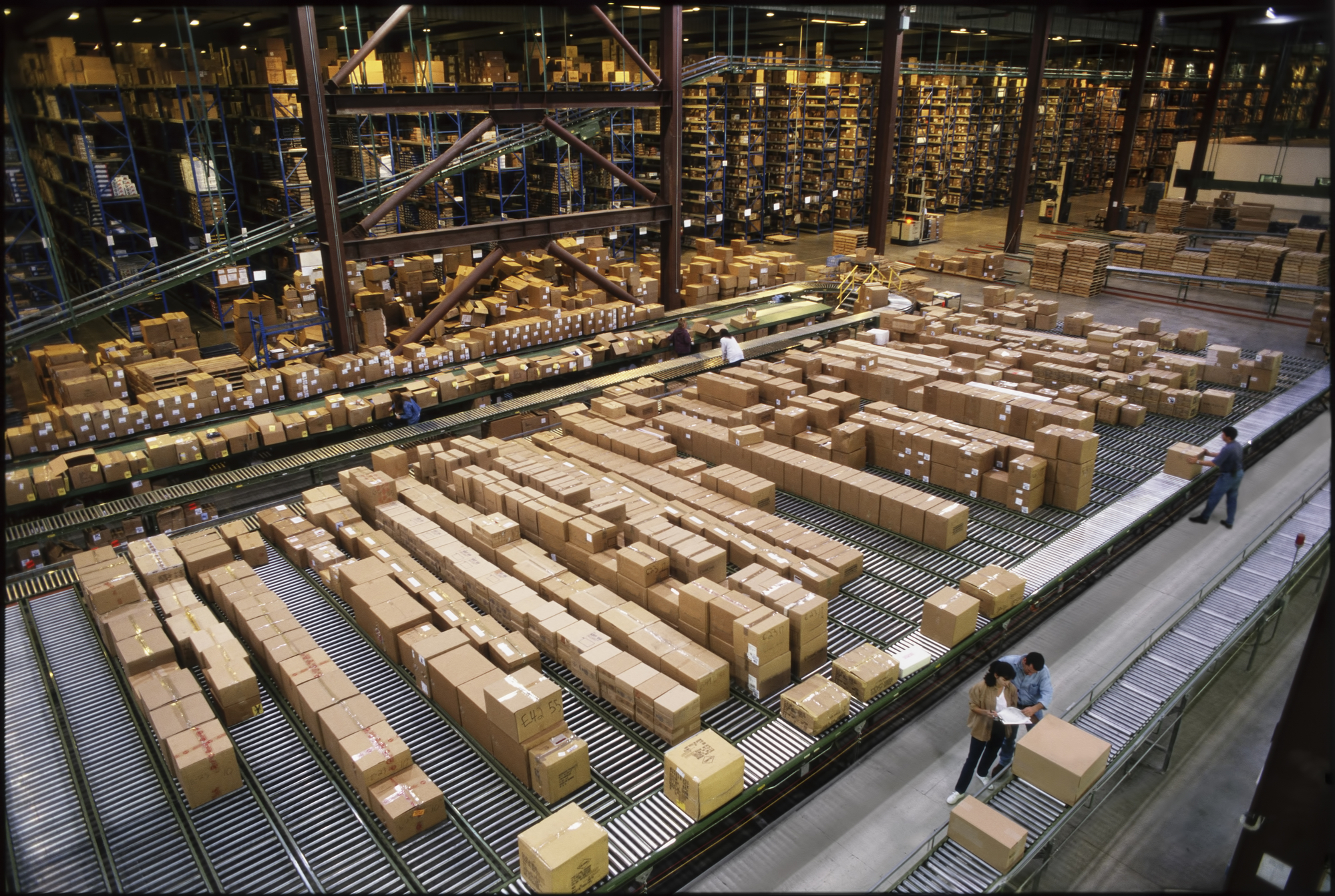Thermo Fisher Scientific is planning to invest an additional $2 billion in the U.S. over the next four years, strengthening its manufacturing operations and supporting the country’s healthcare supply chain.
The company, one of the world’s largest makers of medicines, said the investment includes $1.5 billion to expand U.S. manufacturing and $500 million for research and development focused on new innovations.
“Thermo Fisher’s commitment to U.S. manufacturing reflects our confidence that America will continue to lead the world in science and innovation,” said Marc N. Casper, Chairman, President, and CEO of Thermo Fisher. Thermo Fisher is proud to serve as a growth engine for the American economy. By expanding our U.S. operations, we ensure that life-saving medicines and therapies will continue to be developed and produced in America for decades to come.”
The company already operates 64 manufacturing facilities across 37 states. Since 2017, Thermo Fisher has more than doubled its U.S. workforce, growing from 28,000 employees to over 50,000, and has also doubled its annual revenue, increasing from $21 billion to $43 billion.
The new investment is aimed at creating more high-paying jobs, expanding lab and manufacturing services, and keeping critical healthcare production in the U.S.
A Wave of New U.S. Manufacturing Investments
Thermo Fisher’s announcement follows a wave of new U.S. manufacturing investments by major companies looking to strengthen their supply chains and create more jobs. Some of the largest recent moves include:
- Roche: Announced a $500 million expansion across several U.S. sites to boost diagnostics and life sciences manufacturing.
- Hyundai: Building a $5.8 billion EV-focused steel plant in Louisiana to support vehicle manufacturing in the U.S.
- Toyota: Investing $1.3 billion at its Kentucky plant to speed up production of electric vehicles.
- GE Aerospace: Putting nearly $1 billion into upgrading its U.S. factories and supply chain to meet growing demand.
These investments indicate a larger shift across industries, as companies bring more production back to the U.S. to create jobs, shorten supply chains, and meet the rising demand for products made closer to home.




